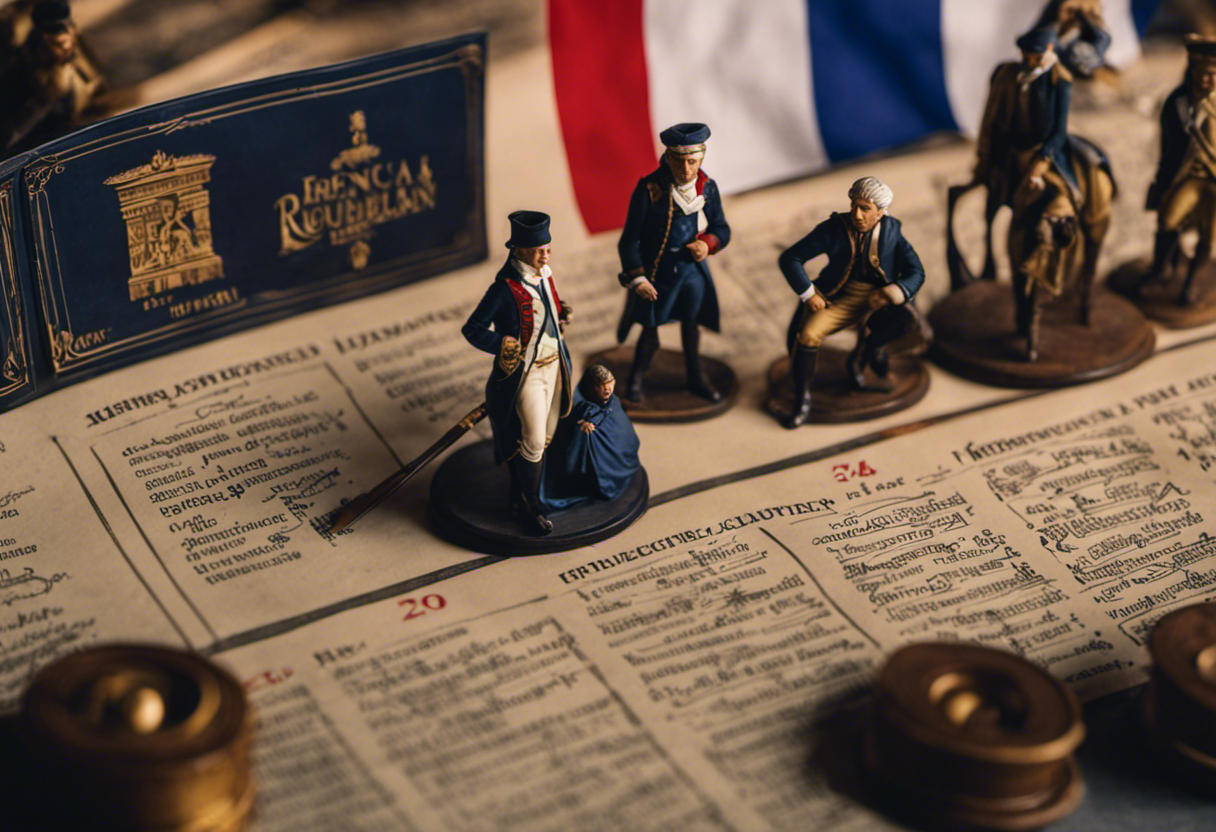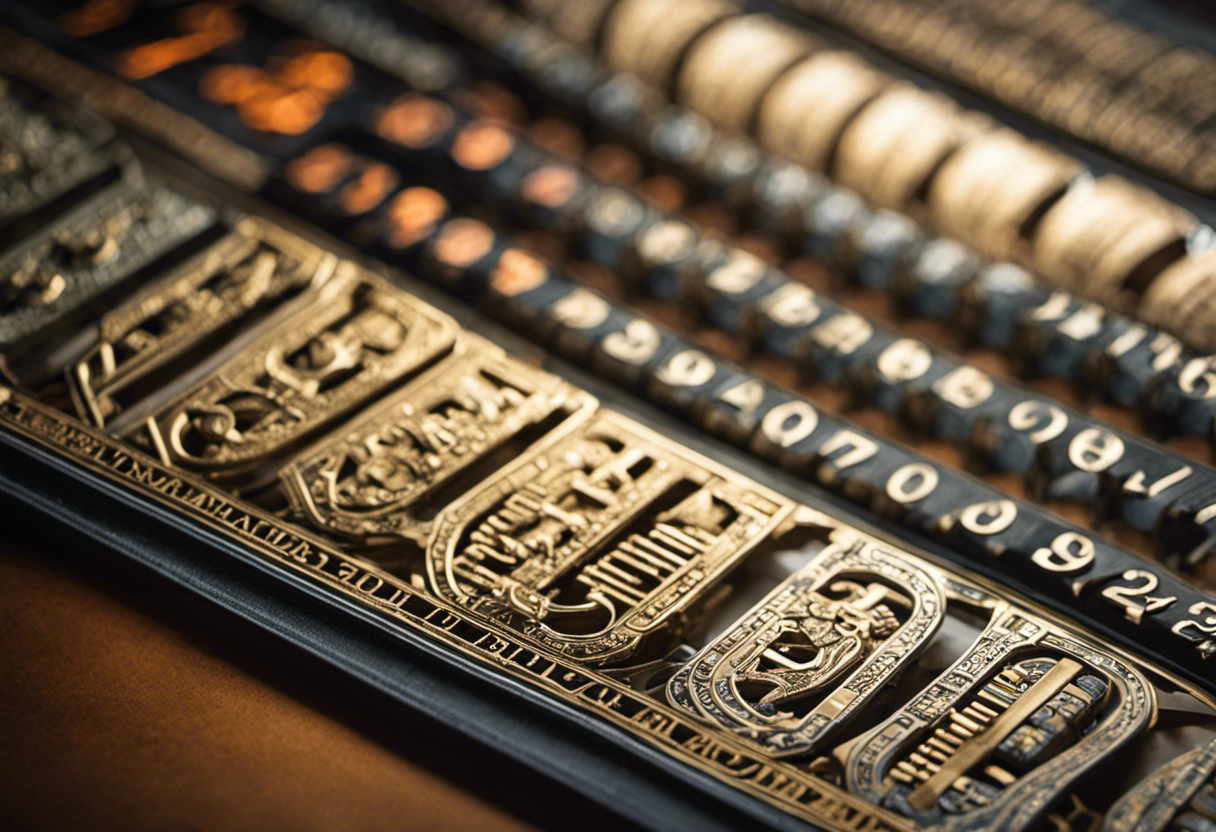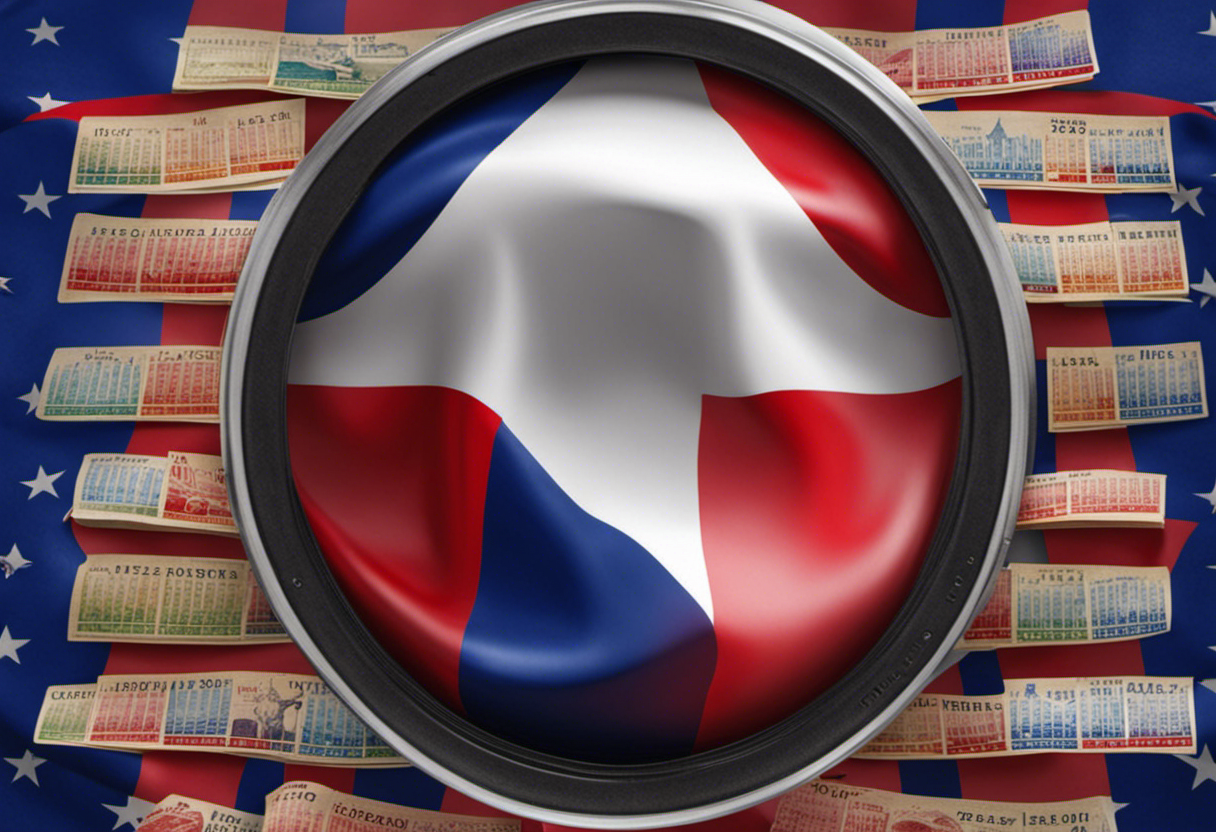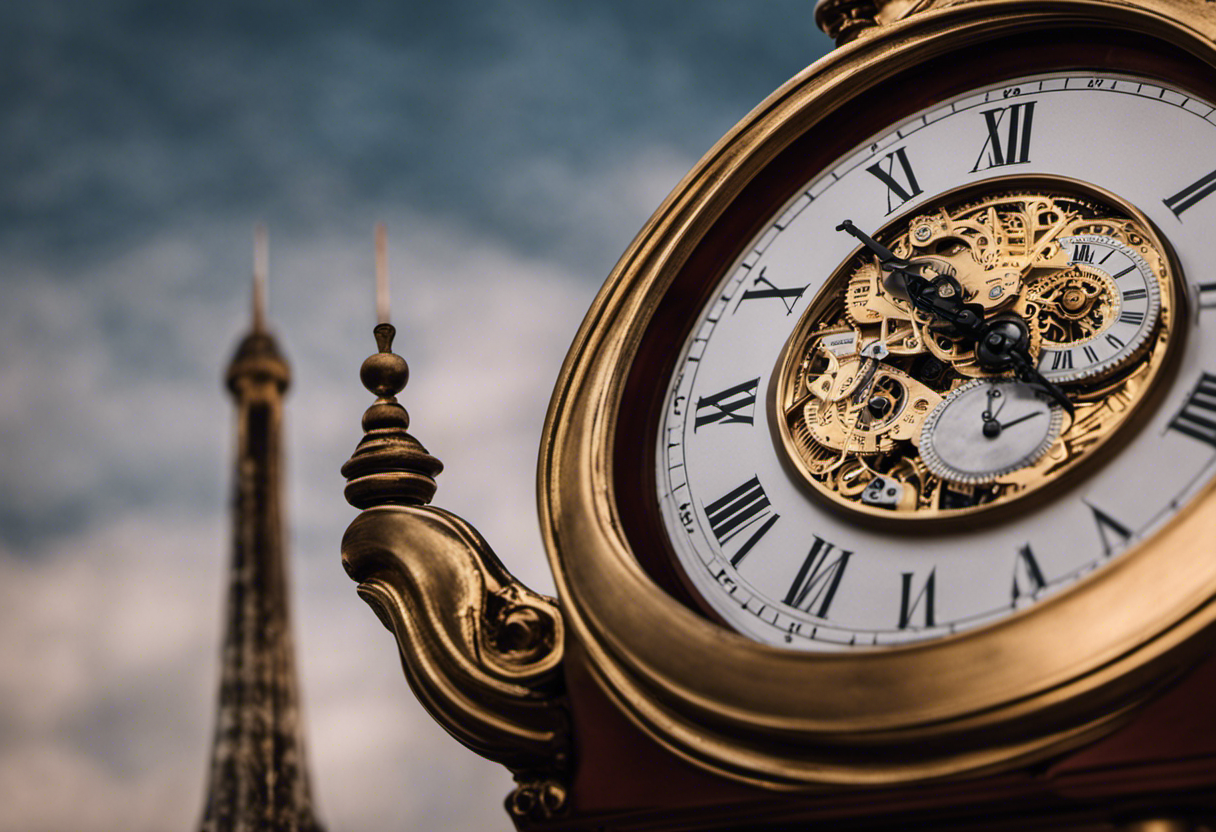Symbolizing the spirit of revolution and the pursuit of rationality, the French Republican Calendar emerges as a fascinating testament to France’s tumultuous history.
This article serves as an informative guide, delving into the historical background, structure, and components of the calendar.
Furthermore, it explores the profound impact of the calendar on French society, reflecting the revolutionary principles that shaped the nation.
Delve into the captivating world of the French Republican Calendar and unravel its enduring legacy and transformation over time.
Key Takeaways
- The French Republican Calendar was adopted during the French Revolution to break away from the religious and monarchical influences of the Gregorian calendar.
- The calendar consisted of twelve months, each containing thirty days, divided into three ten-day weeks called décades.
- The months were given new names that reflected the natural world and carried significant meanings and symbolism.
- The calendar aimed to promote revolutionary ideals and principles, such as equality, secularism, and the separation of church and state.
Historical Background of the French Republican Calendar


During the French Revolution, the adoption of the French Republican Calendar marked a significant departure from the traditional Gregorian calendar. The historical significance of this calendar lies in its association with the revolutionary ideals of the time and the attempt to create a new cultural identity for the nation.
The French Republican Calendar was introduced in 1793, during the height of the revolution. It aimed to break away from the religious and monarchical influences of the Gregorian calendar, which was seen as a symbol of the old regime. The new calendar was designed to reflect the values of the revolution, with months named after natural elements, such as Thermidor (heat) and Fructidor (fruitfulness), and days named after agricultural activities.
The adoption of the French Republican Calendar had cultural significance as well. It sought to redefine time and reshape the way people perceived and organized their daily lives. The calendar had a decimal system, with each month consisting of three ten-day weeks, known as décades. This change not only reflected a break from the past but also aimed to create a more rational and efficient way of measuring time.
Although the French Republican Calendar was eventually abandoned in 1806, its historical and cultural significance cannot be understated. It represented a bold attempt to reshape society and create a new cultural identity based on the principles of the French Revolution.
Structure and Components of the French Republican Calendar


The French Republican Calendar consisted of twelve months, each containing thirty days, for a total of 360 days in a year. The months were divided into three ten-day weeks, known as décades. This structure was designed to break away from the traditional seven-day week, which was associated with religious beliefs. The calendar aimed to establish a more rational and secular system of timekeeping.
The components of the French Republican Calendar included the twelve months, which were given new names that reflected the natural world, such as Vendémiaire (grape harvest) and Brumaire (foggy). Each month was further divided into three ten-day weeks, with the names Primidi, Duodi, Tridi, and so on. The last day of each month was designated as a Sansculottides, a day of rest and celebration.
The calendar also introduced a new way of measuring time, with the year starting on the autumnal equinox. This was seen as a symbol of rebirth and new beginnings. In addition, the calendar introduced a decimal system, with the day divided into ten hours, each hour into 100 minutes, and each minute into 100 seconds.
Names and Meanings of the Months in the French Republican Calendar


The months in the French Republican Calendar were given new names that reflected the natural world, such as Vendémiaire and Brumaire. These names were not only a departure from the traditional Gregorian calendar, but they also carried significant meanings and symbolism.
The French Republican Calendar consisted of twelve months, each with thirty days, divided into three ten-day weeks called décades. The days were named after natural elements, such as fruits, vegetables, and animals, further emphasizing the connection to the natural world.
The names of the months were carefully chosen to represent different seasons and agricultural activities. For example, Vendémiaire, the first month, derived from the French word ‘vendange,’ meaning grape harvest, symbolizing the beginning of the agricultural cycle. Similarly, Brumaire, the second month, derived from the word ‘brume,’ meaning mist, representing the foggy autumn weather.
The significance of these names extended beyond mere representation of seasons. They also reflected the values and ideals of the French Revolution. By incorporating agricultural references, the calendar highlighted the importance of the peasantry and their contribution to society.
The Revolutionary Principles Reflected in the French Republican Calendar


The French Republican Calendar was not only a way to measure time but also a reflection of the revolutionary ideals that shaped French society during the time of the French Revolution. The calendar aimed to break away from traditional religious and monarchical influences, replacing them with new symbols and values.
Each month was named after natural elements or agricultural activities to emphasize the importance of nature and the people’s connection to it. This calendar was a powerful tool for the revolutionaries to spread their message and reshape the way French society perceived time.
Revolutionary Ideals Represented
Revolutionary principles, such as equality and secularism, find expression in the French Republican Calendar through its unique system of timekeeping. This calendar, which was adopted during the French Revolution, aimed to reflect the revolutionary ideals and cultural significance of the time.
The calendar replaced the Gregorian calendar and introduced a new way of measuring time that emphasized the values of the revolution. Here are two sub-lists that highlight the emotional impact of the calendar:
- Equality: The French Republican Calendar aimed to create a sense of equality by establishing a decimal-based system of time. This system removed religious and monarchical associations and provided a universal standard for all citizens.
- Secularism: By removing religious holidays and replacing them with nature-based names, the calendar emphasized the principle of secularism. This shift reflected the revolutionary ideals of separating church and state and promoting a more rational and scientific approach to timekeeping.
Impact on French Society
The adoption of the French Republican Calendar and its reflection of revolutionary principles had a profound impact on French society.
The introduction of the new calendar brought about significant social changes and cultural transformation. With the aim of breaking away from the traditions of the monarchy, the Republican Calendar sought to create a more egalitarian and rational society.
The calendar abolished religious holidays, replacing them with new civic festivals that celebrated the values of the revolution, such as liberty, equality, and fraternity. This shift in the calendar not only symbolized the rejection of the old regime but also encouraged a sense of national unity and identity among the French people.
The adoption of the French Republican Calendar thus played a crucial role in reshaping French society by promoting revolutionary principles and fostering a new collective consciousness.
Symbolism in Calendar
One of the key aspects of the French Republican Calendar is its incorporation of ten-day weeks and twelve-month years, which, together with its unique names for each month and day, symbolize the principles of equality and rationality. This symbolism in the calendar holds great cultural significance, as it reflects the revolutionary ideals of the French Revolution.
The French Republican Calendar’s ten-day weeks break away from the traditional seven-day week, emphasizing the concept of equal division of time. This symbolizes the aim of creating a society based on equality, where every day holds equal importance.
Furthermore, the twelve-month year replaces the Gregorian calendar’s twelve-month year, but with new names inspired by nature and the seasons. This shift highlights the connection between human activity and the natural world, promoting a more rational approach to timekeeping.
Influence and Impact of the French Republican Calendar on French Society


The implementation of the French Republican Calendar brought about significant changes in the daily lives of French citizens. One of the areas where the influence of the new calendar was particularly felt was in education. The French Republican Calendar was integrated into the curriculum of schools and universities, with students being taught the new calendar system and its significance. This had a profound impact on the way French citizens understood and measured time, as well as on their understanding of history and the organization of events.
Furthermore, the French Republican Calendar had a strong cultural significance in French society. It was seen as a symbol of the French Revolution and the ideals of liberty, equality, and fraternity. The adoption of a new calendar system was seen as a break from the past and a way to establish a new sense of identity for the French people.
The new calendar also influenced the arts and literature of the time, with many artists and writers incorporating references to the new calendar in their works. Overall, the French Republican Calendar had a lasting impact on French society, shaping the way people thought about time and their place in history.
Legacy and Transformation of the French Republican Calendar Over Time


Many changes and adaptations have occurred to the French Republican Calendar throughout its history, but it remains a significant and enduring symbol of the French Revolution. Its transformational impact on French society cannot be overstated. The calendar was not only a means of organizing time but also a tool for the revolutionaries to break away from the traditions and institutions of the monarchy.
The cultural significance of the French Republican Calendar can be seen in several ways:
- Symbol of the Revolution: The calendar was a powerful symbol of the ideals and values of the French Revolution, such as liberty, equality, and reason. It represented a break from the old regime and a new era of enlightenment.
- Impact on Daily Life: The adoption of the new calendar had a profound impact on the daily lives of the French people. It changed the way they measured time, with new names for months and days, and a decimal system of numbering. This transformational impact was felt in all aspects of society, from education to commerce.
Conclusion
In conclusion, the French Republican Calendar played a significant role in the French Revolution and had a lasting impact on French society. Its structure and components reflected the revolutionary principles of equality and secularism, while the names of the months symbolized nature and agriculture.
The calendar’s influence extended beyond timekeeping, affecting various aspects of daily life, such as holidays and official documents. Although the French Republican Calendar was eventually abandoned, its legacy can still be seen in the French cultural landscape today.
As the saying goes, ‘Time may change, but the echoes of the revolutionary calendar continue to resonate.’




